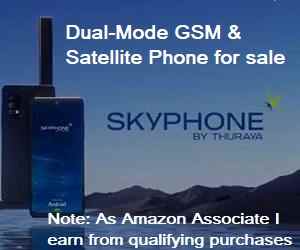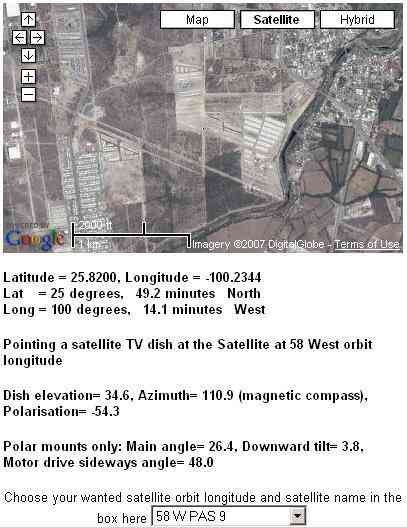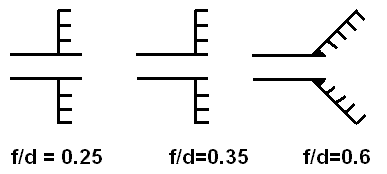Satellite Internet Forum.
Welcome, Guest. Forum rules.To search this site click here > SATSIG search
| Home Login Register |
| Satellite Internet forum › Dish pointing and alignment › Pointing to Panamsat 9 |
|
Pages: 1
|
Pointing to Panamsat 9(Read 12177 times) |
|
Ex Member
Ex Member
|
Mar 29th, 2007 at 3:36am
|
| Back to top |
« Last Edit: Jun 11th, 2018 at 1:57pm by Admin1 »
IP Logged
|
|
Eric Johnston
Senior Member
★★★ Offline Posts: 2109 |
Reply #1 - Mar 29th, 2007 at 7:34pm
|
| Back to top |
« Last Edit: Jun 11th, 2018 at 2:00pm by Admin1 »
IP Logged
|
|
Ex Member
Ex Member
|
Reply #2 - Apr 3rd, 2007 at 12:59am
|
| Back to top |
IP Logged
|
|
Eric Johnston
Senior Member
★★★ Offline Posts: 2109 |
Reply #3 - Apr 3rd, 2007 at 12:23pm
|
| Back to top |
« Last Edit: Jun 11th, 2018 at 2:00pm by Admin1 »
IP Logged
|
|
Ex Member
Ex Member
|
Reply #4 - Apr 3rd, 2007 at 5:53pm
|
| Back to top |
IP Logged
|
|
Eric Johnston
Senior Member
★★★ Offline Posts: 2109 |
Reply #5 - Apr 3rd, 2007 at 9:12pm
|
| Back to top |
IP Logged
|
|
Pages: 1
|
Email me: eric@satsig.net
Powered by YaBB 2.5.2!
YaBB Forum Software © 2000-. All Rights Reserved.
Disclaimer, Terms of Use and Privacy Forum User Agreement Forum rules Cookie policy.




